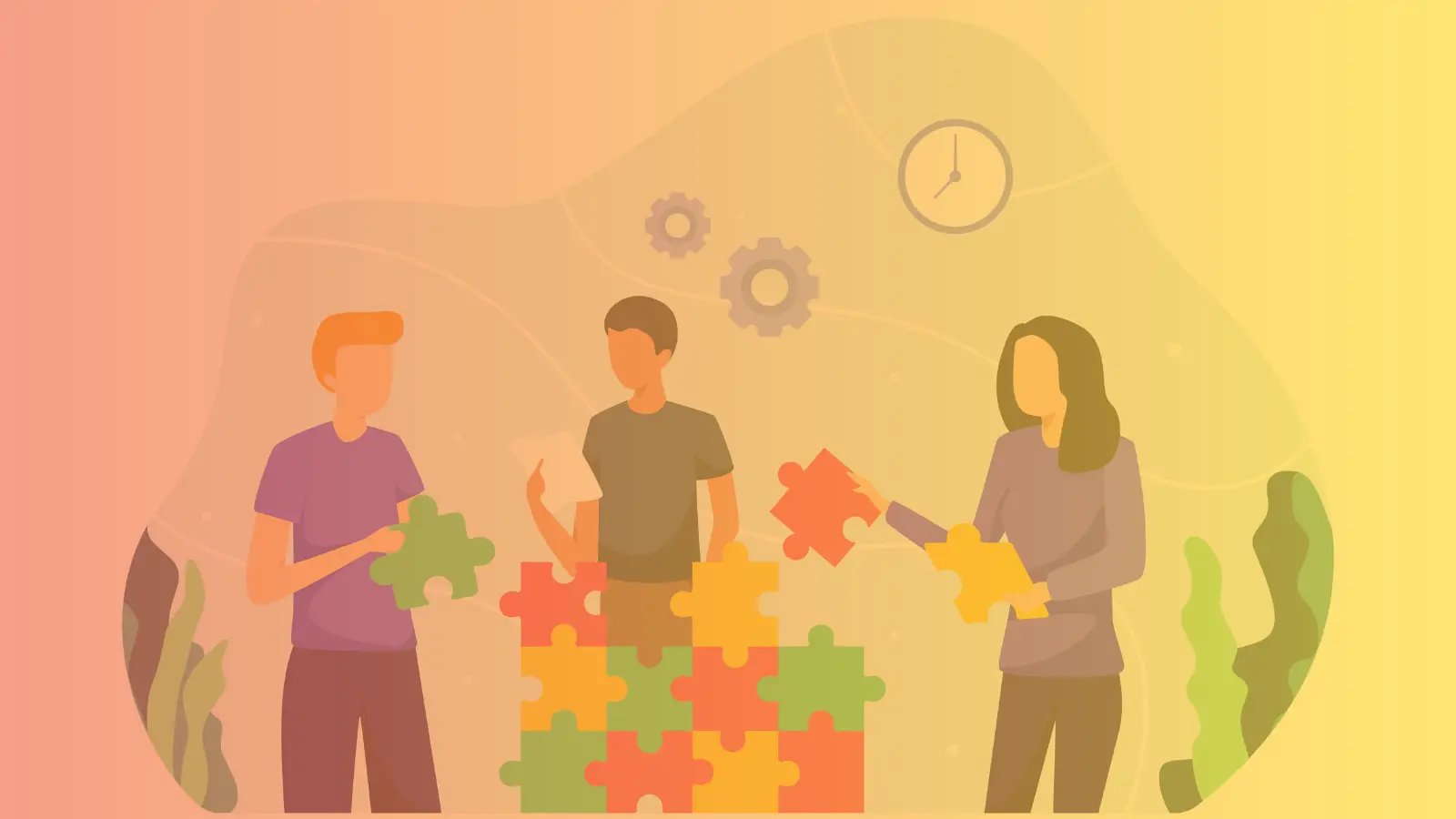In my previous article, we discussed how designers could use artificial intelligence (AI) to enhance their creative process by building dynamic and adaptive personas. We believe the most difficult transition is putting our aspirations into action and bringing a project to life.

Based on this notion, I put what I wrote into practice and started training an AI chatbot. This strategy has clear risks; the most obvious is training the AI with my content to replace me.
However, I believe that creating this virtual teaching assistant (TA) to support my students outside the classroom is more valuable in the long term. The pandemic taught us that students prefer in-person instruction, so I’m unafraid of being replaced. People want to learn from the experiences of live instructors and learn through experiences with fellow students.
Where to Begin
I started with ChatGPT and sought to train the model to represent a user persona that simulates human-like behavior. This is the first stage of training an AI Chatbot, defining the scope to accurately represent student research with the goal of being an interactive chatbot to represent the user during the design process. That’s why I spent significant time aggregating notes, articles, and conversations to define Sam. This is the second stage of training an AI chatbot, gathering the training data. This step was crucial to shape the persona’s behavior and ensuring consistency of interaction.
Think of a cooking show. The process begins with preportioned ingredients in the right-sized glass bowls. Next, the dry ingredients are set aside, and the combined ingredients are presented for cooking. Then magically, a finished dish is produced from the oven, condensing a multi-hour process into fifteen minutes. This analogy applies to training your AI chatbot.
Building a persona is an iterative process. Initially, interactions may feel robotic and need more depth. However, continuous refinement and fine-tuning of the AI model help improve the persona’s conversational capabilities. Regular user feedback and analysis of speech recordings were invaluable in identifying areas for improvement.
Once you set aside skepticism, creating and training an AI-powered persona is a fascinating and rewarding process. Throughout my journey, I witnessed the power of AI to simulate human-like interactions, providing unique opportunities for learning, assistance, and a few laughs along the way.
As AI continues to advance, the possibilities for personas will grow. I realized that we are in a future where AI-driven personas will become an integral part of our daily lives. We will keep you updated as our model evolves. Stay tuned.
In the comments, share how you see AI impacting business and education. We’re in the early stages of this transformation, and dialogue is key. Chat soon.



